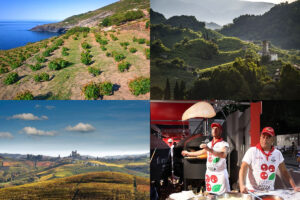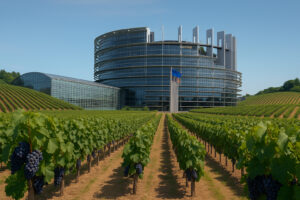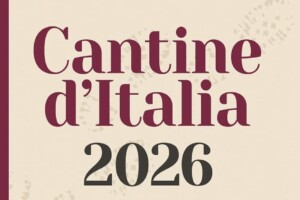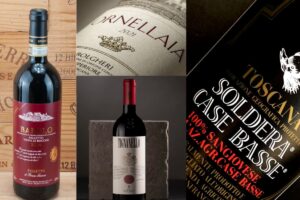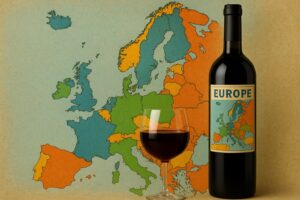A Sagrantino di Montefalco sells for 7.50 euros at Lidl supermarkets in Germany, a Brunello di Montalcino that costs 13.30 euros at Aldi, another German supermarket, accompanied by a Nobile di Montepulciano at 5 euros, an 8 euro Barolo, and a Chianti Classico for only 4 euros at a British supermarket.
All of the big names in Italian winemaking are involved, without exception, in this phenomenon. And these prices have been lowered because of strategic planning to adapt to the market crisis situation, but are true blowout, below cost sales, that are being offered by world-weary merchants.
It is often forgotten that wine is a commodity just like many other products and subject to the same market operations as other products are during a crisis situation (like the one wine producers now find themselves in), even if it may be without compromise and for a short term. They are not doing anything other than responding to a precise market demand, by performing a “saving” function for the surplus wines that still remain in cellars, thus avoiding the collapse of more than a few companies. And, in fact, we are not talking about well known, brand name wines, but lesser known, yet still valid and authentic wines, of various names, and still part of the Italian wine market.
Until recently, it was impossible to find the top names in wine on supermarket shelves for anything less than 20-30 euros and there is an evident and concrete risk that that the real value of these products and their territories will be lost, and above all, the hard work of the best producers of Italian wine, who have invested everything in high quality and their territory, will be squandered. But this is true only if these market actions were to become the rule of Italian wine commerce. But this is really only one side of the coin: the other sides is represented by the larger companies, and also by top winemakers who have maintained the position of their wine prices, regardless of the crisis, and with great fatigue, by using the Bordolese model on the flexibility of prices.
The problem does exist and is an age old contradiction. Producers make their choices, based on company earnings and investments made or to be made. The difficulties may be resolved at the origin: the disproportionate growth of vineyards in all regions, which had initially been aided by incentives has now created a surplus of wine and the resulting decrease in value. This may have gotten out of hand for reasons of facilitation and even the will of those who were managing the territory and the relation between territory and production and planning. But the grape is not equivalent to cash and its worth cannot even be measured for the first five years.
Now that the boom is over, what will happen to the latest arrivals, those who threw themselves into winemaking thinking they could succeed? How long can the “hard discount” method function? The reality is that these sales are not filling anyone’s wallets.
Copyright © 2000/2025
Contatti: info@winenews.it
Seguici anche su Twitter: @WineNewsIt
Seguici anche su Facebook: @winenewsit
Questo articolo è tratto dall'archivio di WineNews - Tutti i diritti riservati - Copyright © 2000/2025





















